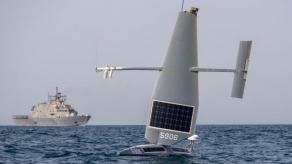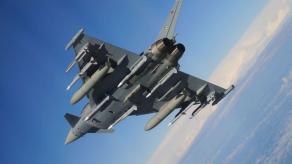Moscow has unveiled an armored vehicle called the Legioner, whose design closely resembles the Soviet BTR-40 of the 1950s. The vehicle is built on the chassis of the GAZ-3308 Sadko.
Described as an armored pickup, the Legioner's open cargo bed can accommodate a gunner and dismounts, carry supplies, or evacuate wounded personnel. Developers present it as a multi-role platform for logistics, casualty evacuation, and use by motor-rifle units in combat.
Read more: russians Build New All-Terrain Vehicle from Niva and Gazelle Components to Complement Chinese Desertcross
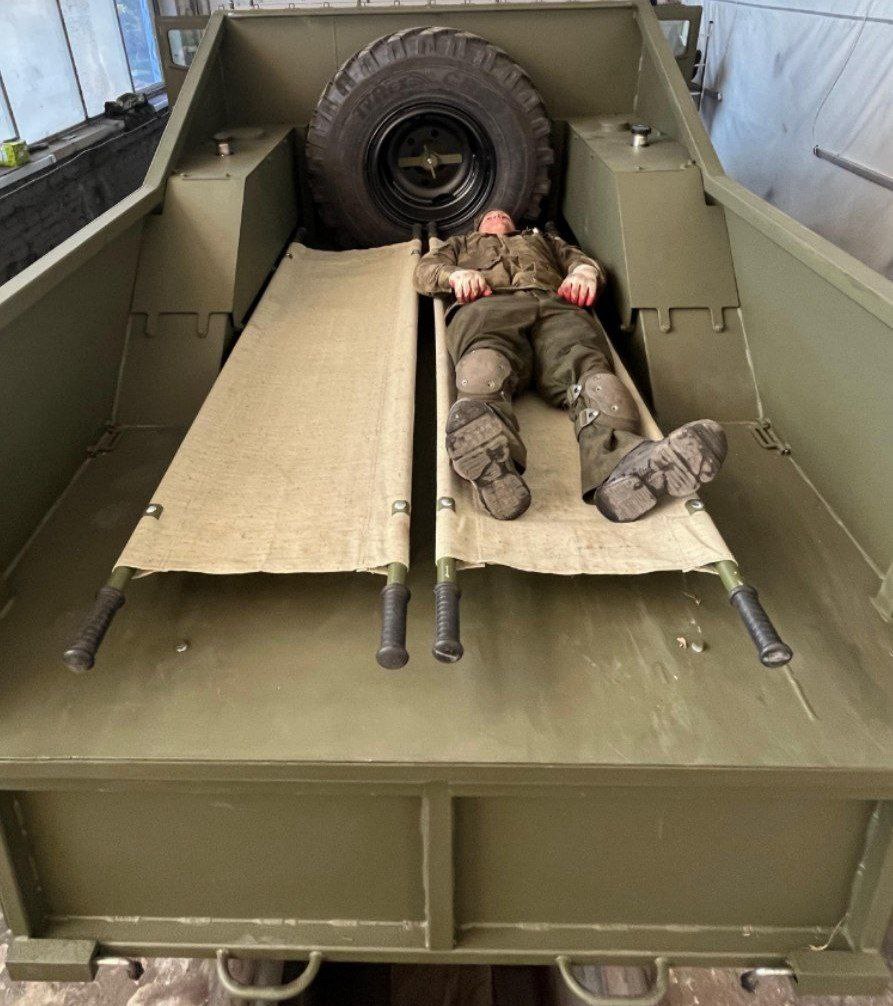
The Legioner is also offered as a platform for mobile air-defense fire teams — a niche role, given that vehicles of this class generally do not require heavy armor, although additional protection is always welcome.
Protection is claimed to meet BR5 ballistic standards, reportedly capable of withstanding fragmentation and a hit from an SVD round (7.62×54 mm, steel-core projectile) at 10 meters. Mine protection is absent; the vehicle is described only as "fragmentation-resistant."
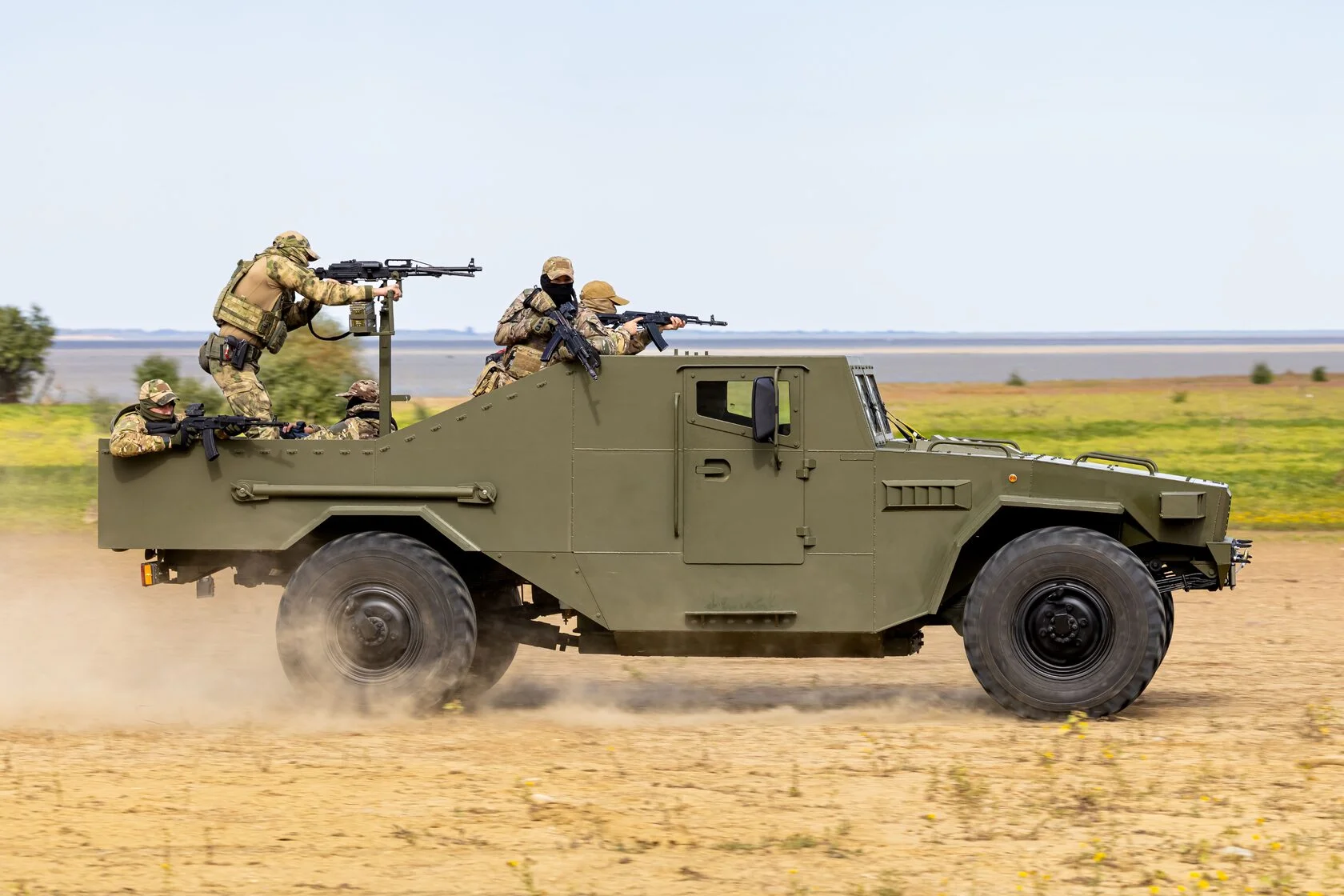
According to the developer's website, the armor prevents through-penetration from small arms such as AK-type rifles or SVDs. Against a 12.7 mm heavy machine gun (e.g., DShK), penetration is said to occur only below approximately 100 m, and for a 14.5 mm KPVT heavy machine gun, below roughly 600 m. This phrasing is somewhat technical — the armor may not be fully penetrated, but internal spalling can still occur, endangering crew and equipment inside the cab.
The Legioner's curb weight is listed at 6.5 tonnes, with a payload capacity of 2.5 tonnes. It features a forward-looking night-vision camera. The cab seats a driver and one passenger and is fitted with sound and blast insulation. Maximum speed is claimed at up to 100 km/h on paved roads, with a range of up to 750 km.
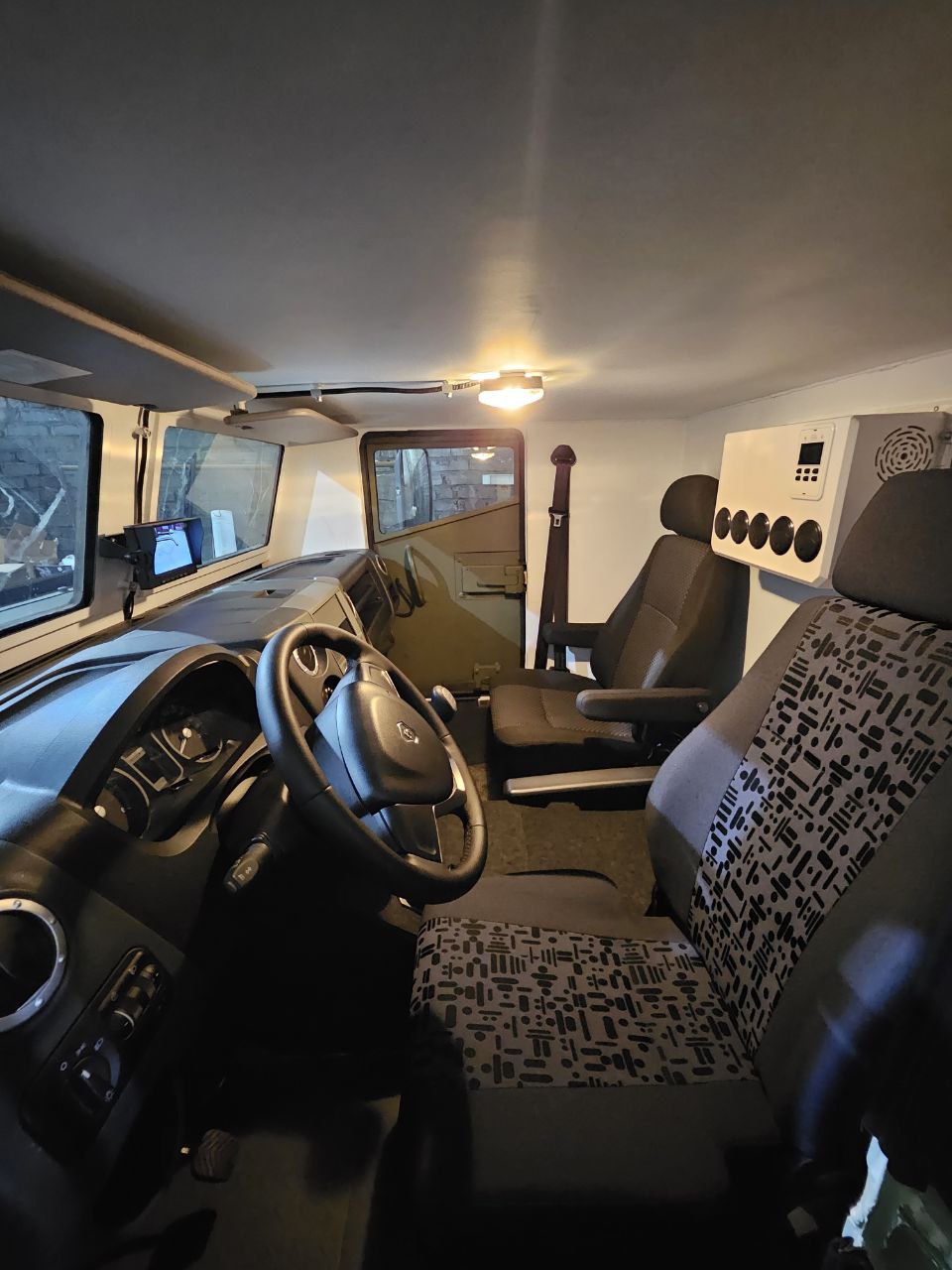
The developer does not explicitly name the GAZ-3308 Sadko as the base platform, but visual cues and the YAMZ-534 engine make the lineage clear. This follows a familiar pattern: mounting an armored hull on an existing production chassis.
Light armored vehicles have proliferated because they provide protected mobility for logistics units at relatively low cost. Ukrainian examples include the Dzhura from NVO Praktika and the UAT.TISA from UkrArmoTech; similar concepts are reportedly under consideration in Japan.
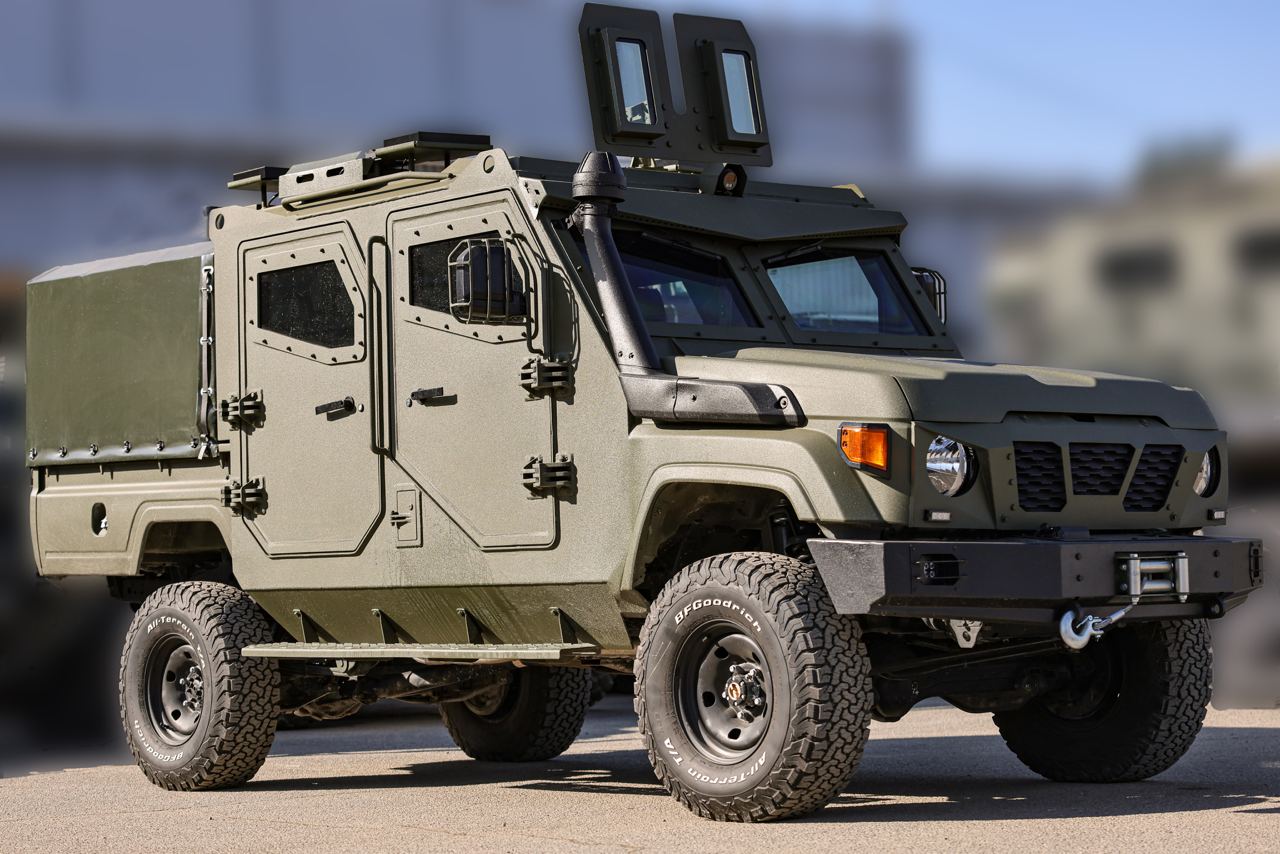
Visually, however, the Legioner appears crudely assembled, relying heavily on off-the-shelf components. It offers limited situational awareness beyond a narrow forward field of view, and its armor seems thin for a vehicle of this size. In short, while the concept is sound, this particular vehicle looks questionable.
The developer, Russkiye Boyevye Mashiny (russian Combat Vehicles), claims to have operated since 2016 and to have delivered more than 200 wheeled armored vehicles. Independent references are scarce, and russian corporate registries list its official registration date as 8 August 2025.

It is possible that this marks the formalization of a so-called "garage design bureau" that previously functioned informally or as a volunteer collective. Alternatively, it may be another opportunistic venture seeking to profit from russia's expanding military procurement.
Read more: China Patents Armored Vehicle Anti-Drone "Hood" Inspired by Ukraine









